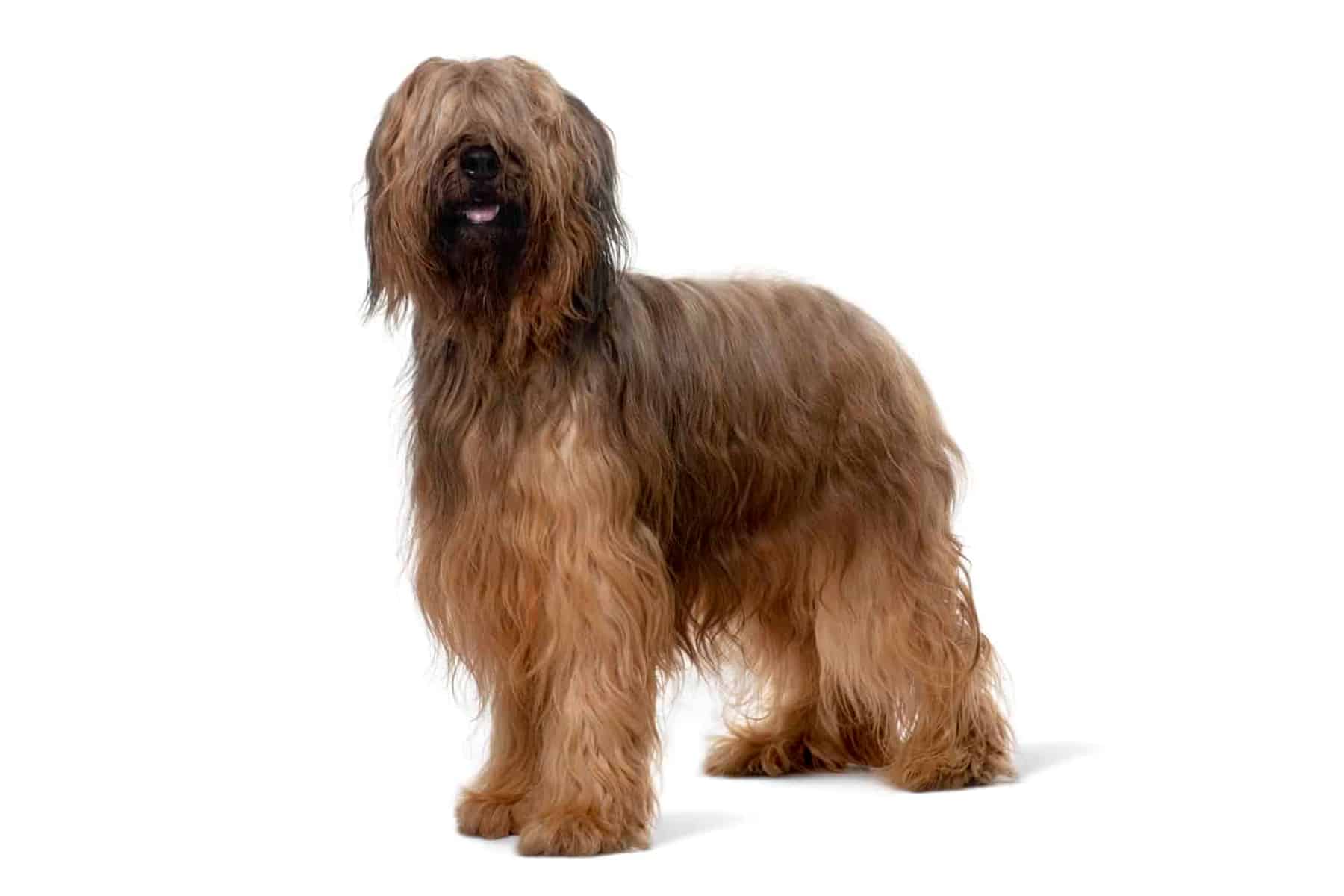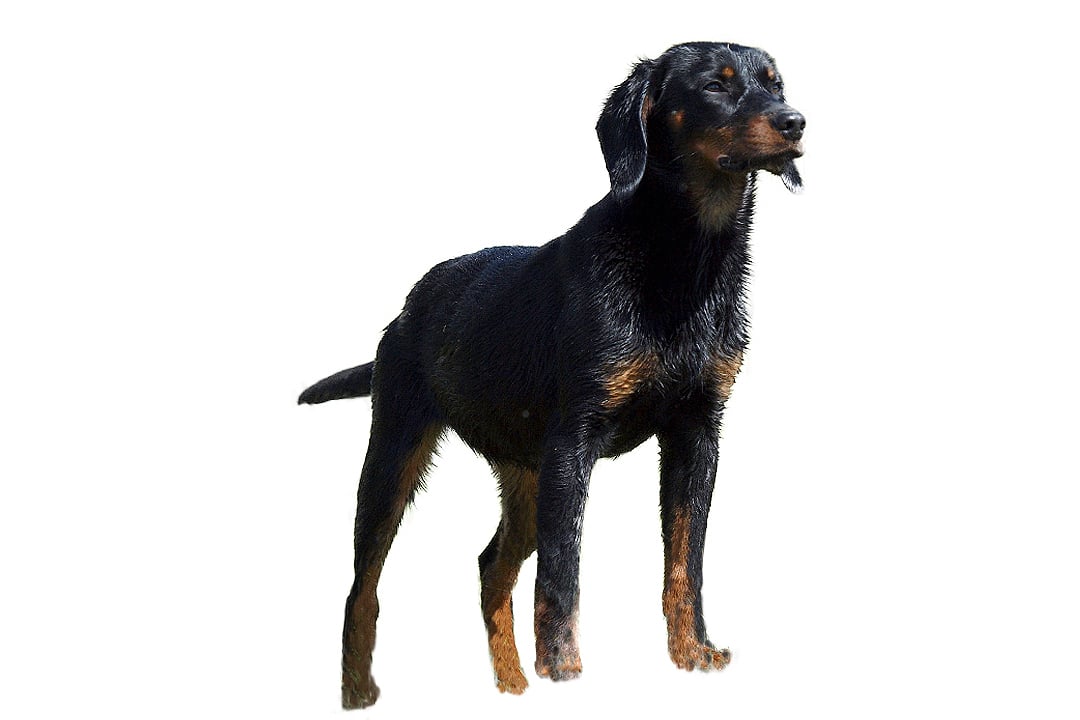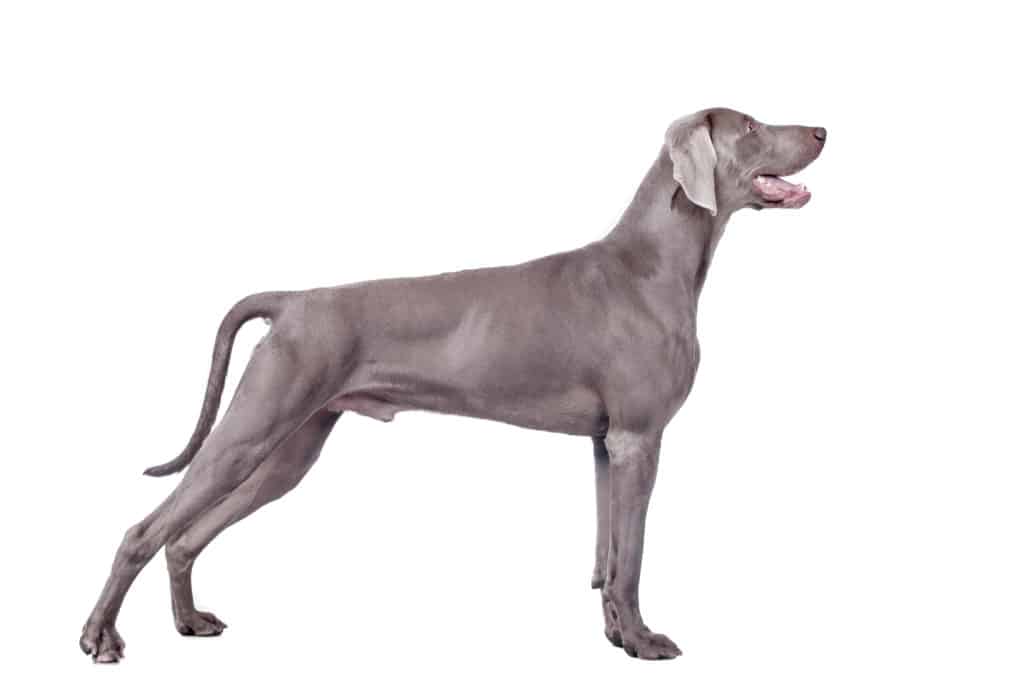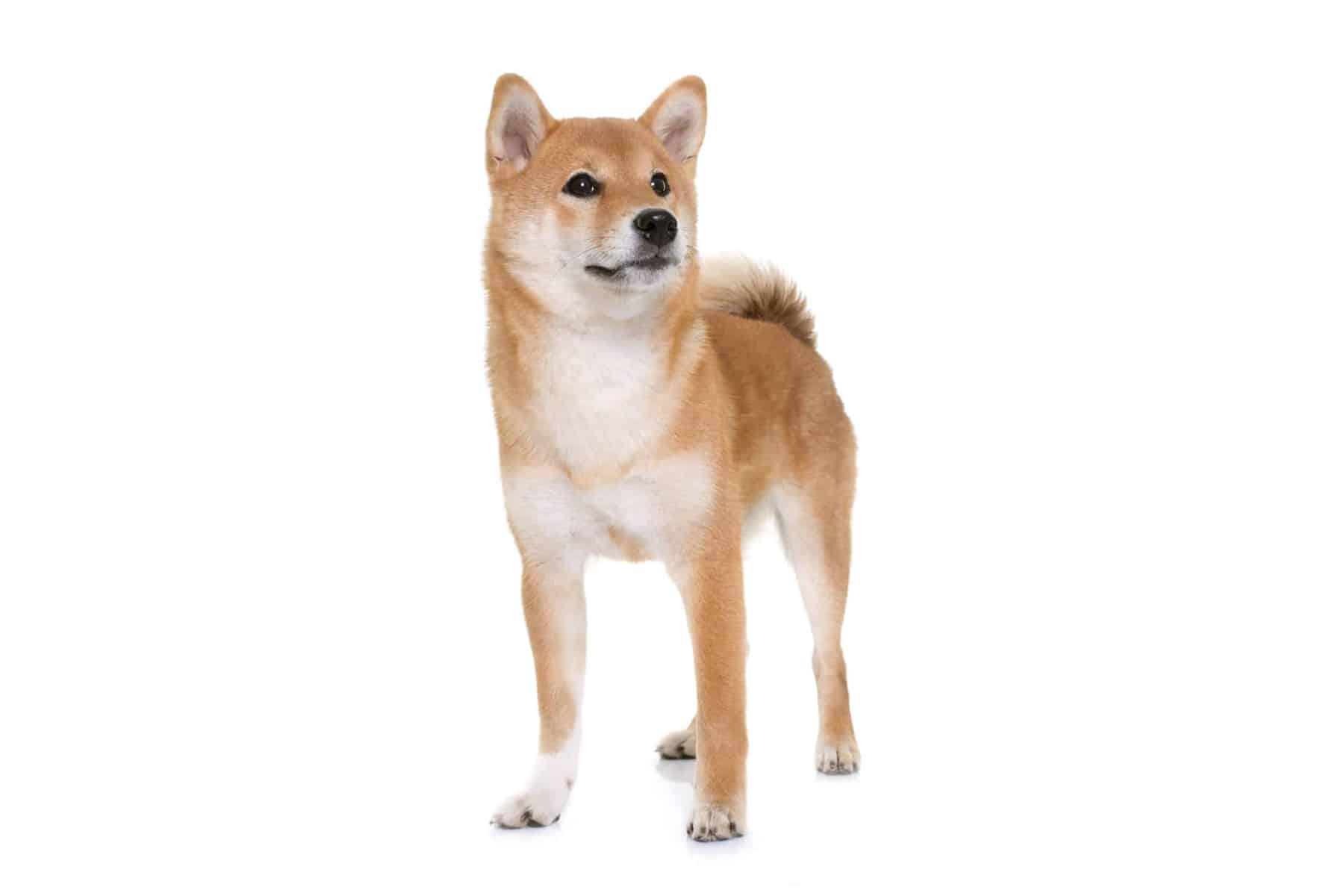Portuguese Water Dog
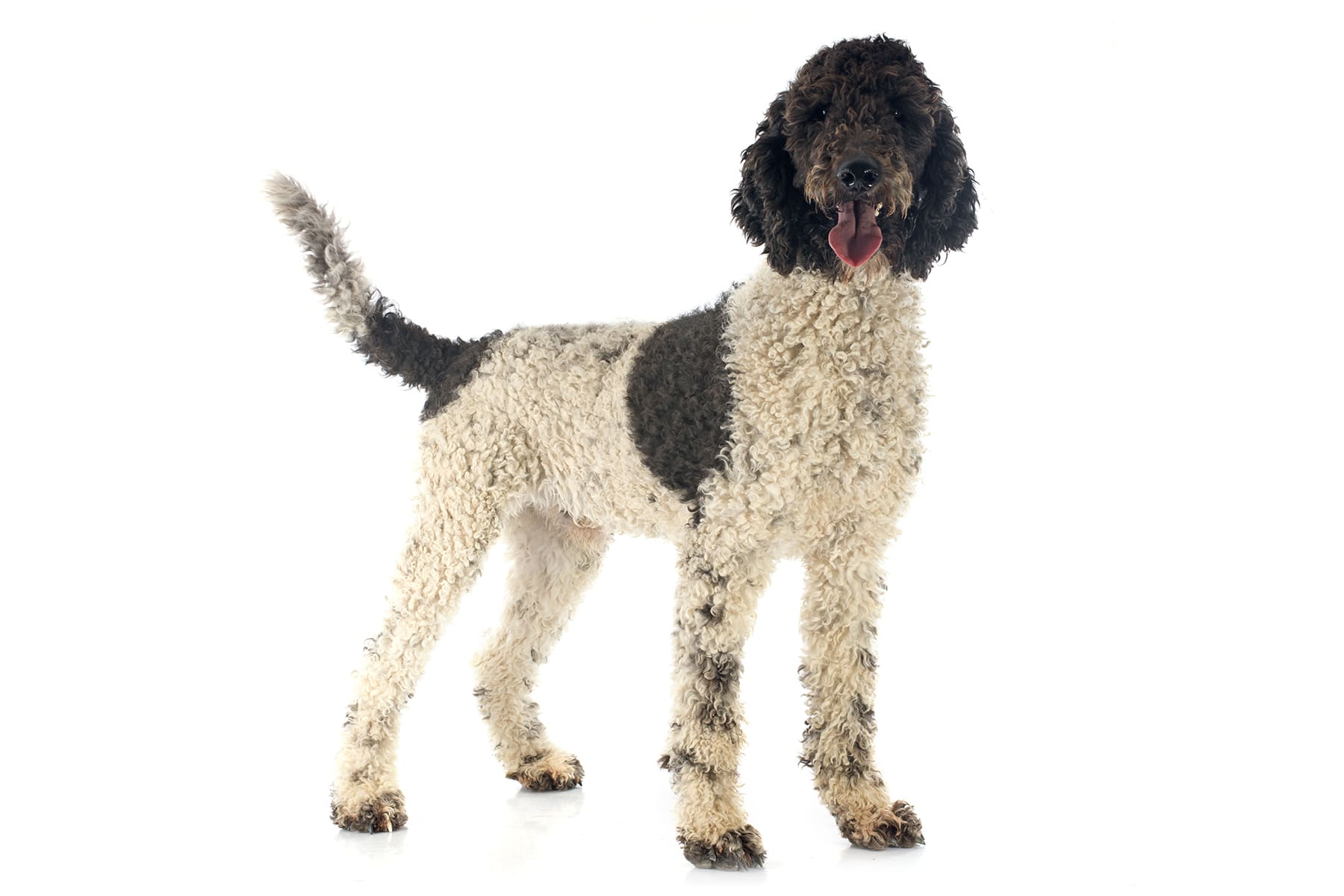



Temperament:
The Portuguese Water Dog, also known as the Cão De Água Português, is a very good swimmer and diver. It was used on the Portuguese coast to guard ships and help with fishing. It is very intelligent, robust and sociable. Due to its cheerful nature, it gets on well with children and is a popular pet and family dog.
Characteristics
The Portuguese Water Dog first stands out due to its strong build. The long, deep black, curly or wavy coat is typical. The long hair is usually evenly distributed over the body.
Although most dogs of this breed are black, the coat color is very diverse. There are black, brown, white and bi-colored specimens.
The character traits of the Portuguese Water Dog are described in very different ways. While some describe them as quarrelsome or stubborn, others speak of a very obedient and frugal nature.
Dogs are individuals. It is difficult to say which character traits a dog will develop most clearly in the course of its life. The Portuguese Water Dog needs a lot of training, attention and activity. In this way, the positive characteristics of the breed come to the fore.
If he is trained early and consistently and sufficiently challenged both mentally and physically, he can be a very balanced companion. If this is not the case, he quickly reacts like an overexcited and underchallenged child.
Due to his pronounced sensory perception, he is enthusiastic about any kind of activity. He is also often used as a therapy and rescue dog. As the name suggests, he particularly enjoys swimming.
Coat care:
Shedding:
Energy level:
Trainability:
Children suitable:
The right food
When choosing food, make sure that it contains high-quality ingredients, is balanced and meets your dog's requirements. Age, size or weight, activity and health status play an important role. You should follow the manufacturer's recommendations for the amount of food.
Treats should only be fed in moderation and deducted from the basic diet to avoid obesity.
Puppies can be fed 4-6 times a day. The number of meals should be gradually reduced to 2 per day until the dog is fully grown. A rest period should be observed after meals.
Fresh drinking water should be available at all times.
Health & Care
Grooming the long coat of the Portuguese Water Dog is very complex and time-consuming. The coat must be combed thoroughly with a comb and brush at least twice a week.
In summer, the coat needs to be cut or clipped regularly. With a good clipper and experience, this can also be done at home. The so-called "lion cut" is mandatory for show dogs.
It is important to always trim the fur between the claws. Especially with long fur, the fur can get caught in the claws and cause pain. The hair in the ears also needs to be plucked regularly.
Suitable accessories
As already mentioned, the Portuguese Water Dog needs a number of utensils for grooming. A narrow, large-toothed comb and a brush are necessary to detangle the coat. A good clipper is also needed. This should also be able to work through curly dog hair.
In addition to grooming utensils, the Portuguese Water Dog can never have enough to do. Educational toys are always a good idea. Clickers and various search and activity games are very popular. Retrieving objects such as dummies and balls should also always be available in sufficient quantities.
Otherwise, your dog will need a collar or harness with a short and long lead or a drag lead, a dog basket or dog mat as a place to retreat to, water and food bowls, tick tweezers, claw clippers, mild dog shampoo, toothbrush and toothpaste for dogs, a transport box for transportation in the car and a first aid kit. It's best to ask your vet what should be in the first aid kit.

Origin & History
As the name suggests, the Portuguese Water Dog comes from Portugal, more precisely from the beautiful Algarve. There it was indispensable as a real working dog for the fishermen.
He herded the schools of fish together, guarded them and retrieved escaped fish. He also communicated with the fishermen and reported broken nets, land or sandbanks.
This race is said to have worked on ships in pre-Christian times. It carried messages from one ship to another.
In the 20th century, the Portuguese Water Dog became less and less important for fishing with increasing industrialization. In 1970, it was the rarest dog in the world with only 50 specimens left.
Let's hope that the popularity of this great dog will increase again with Barack Obama. After all, we want to be able to enjoy this bright breed for many years to come.
